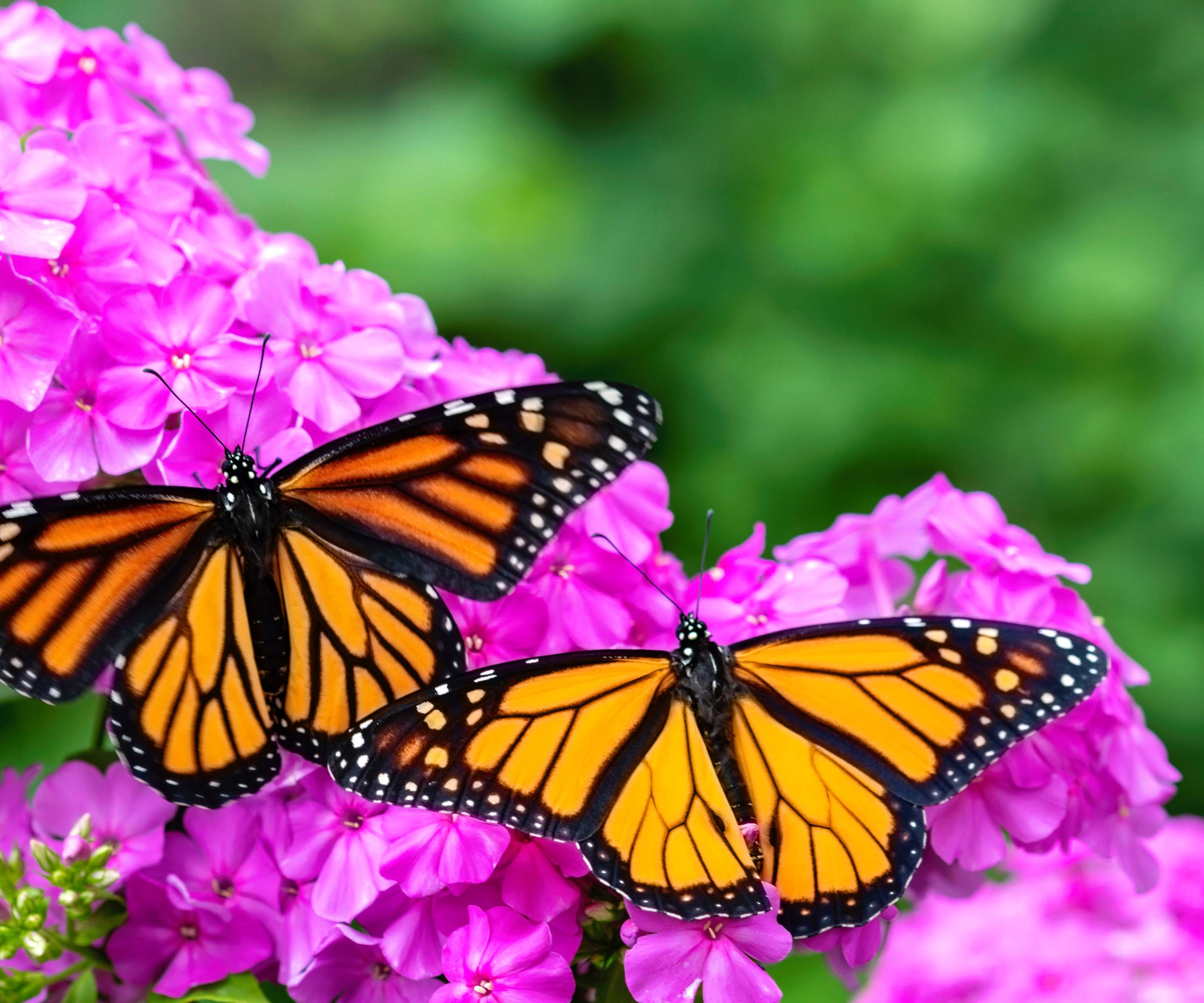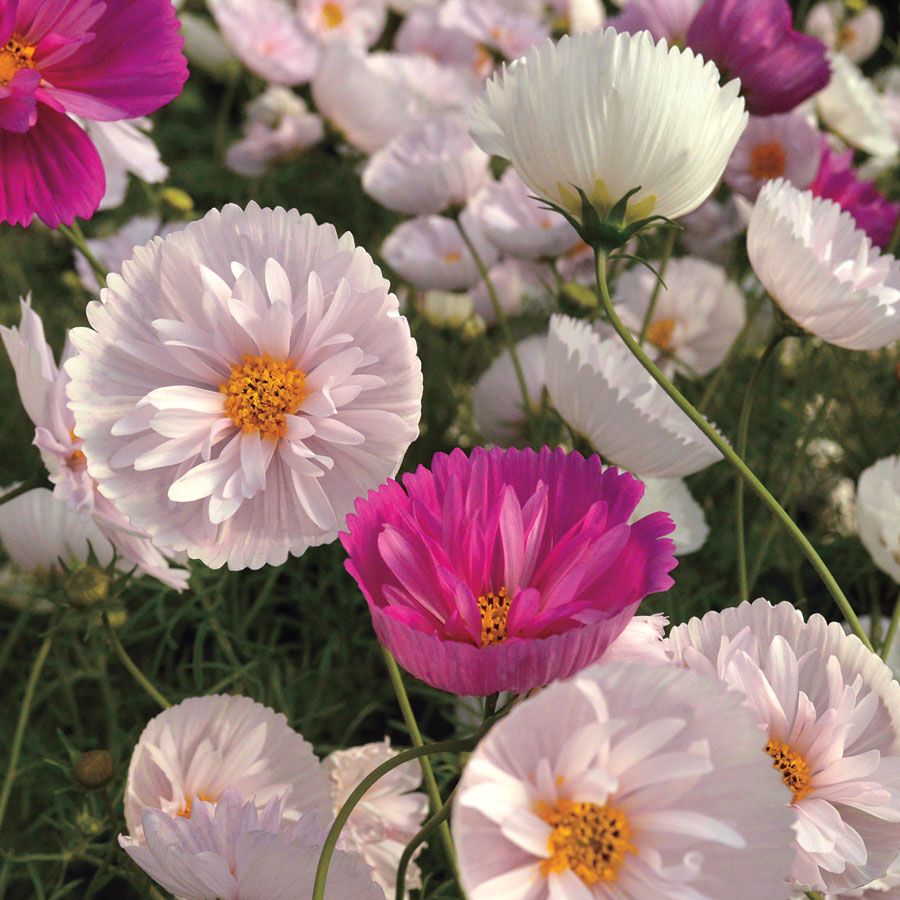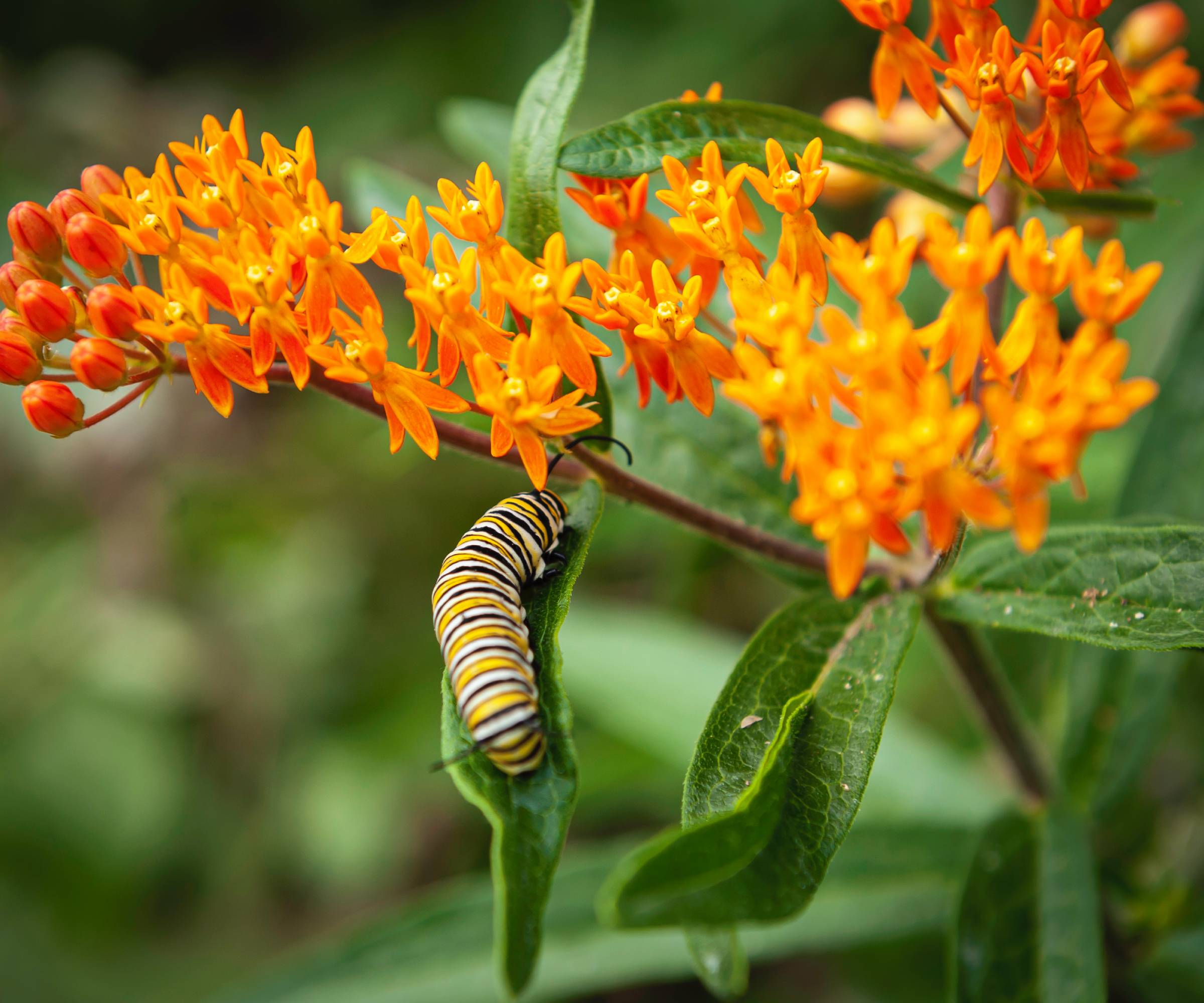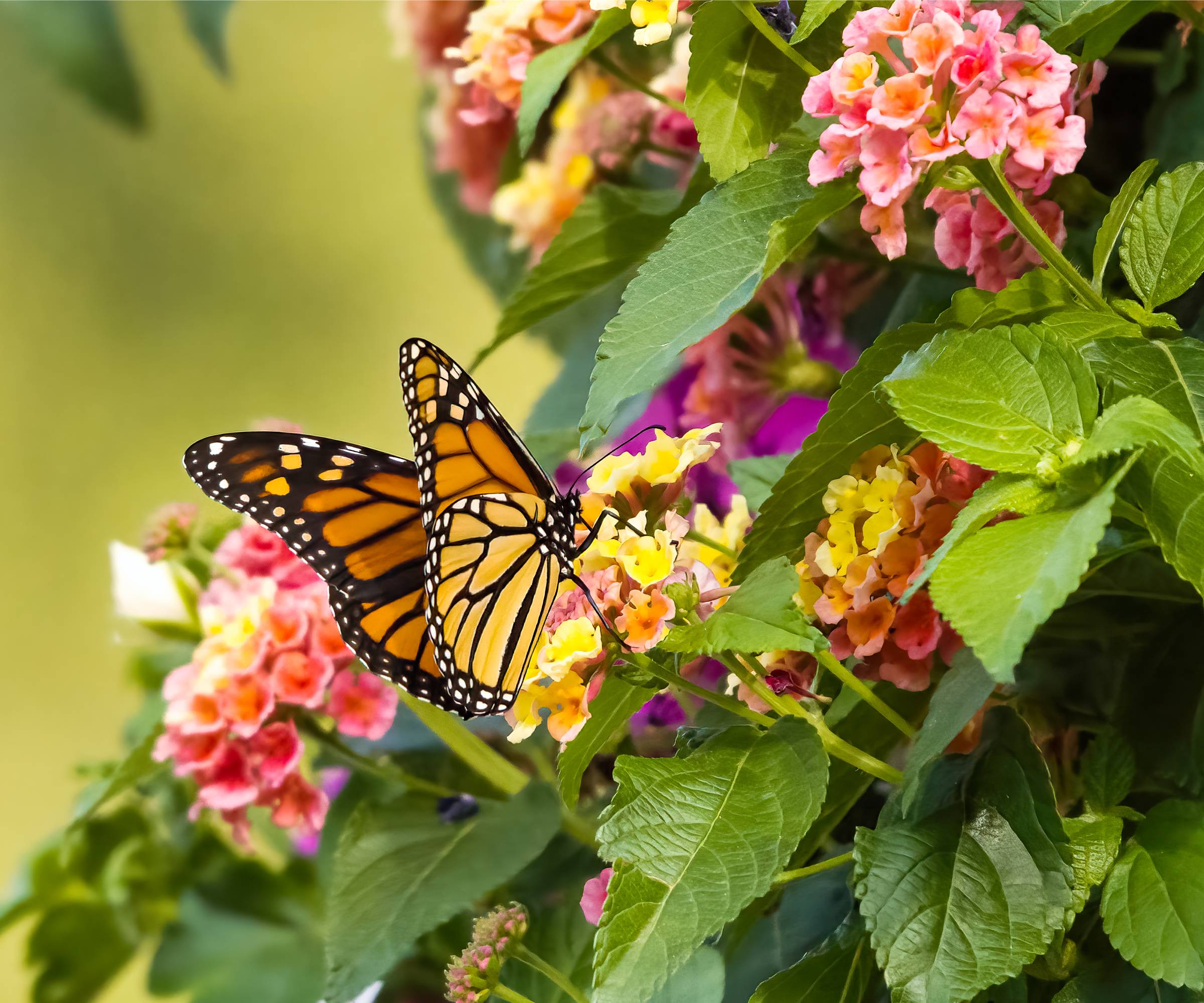How To Attract Monarch Butterflies – 5 Ways To Make Your Garden Monarch-Friendly
Learn how to attract monarch butterflies to your garden by planting monarch-friendly plants and by following these gardening tips. Help the monarchs come back from the brink.


The monarch butterfly story has so much wow-power that the declining population of this pollinator is very much front-page news. The butterfly’s stunning appearance - with dramatic black and orange wings – makes it among the most easily recognizable native butterflies in the United States. Then there’s the staggering expanse of their migration: 3,000 miles from the Mexican tropics to Canada. Add that to the frightening 90 percent decline in their numbers over the last two decades, and it’s no wonder so many gardeners want to know what we can do to help.
By installing the right plants in your yard, you can not only help monarchs along their way, but you can also attract pollinators into your garden. How to attract monarch butterflies? Read on for our best ideas.
How to Attract Monarch Butterflies

The decline of the monarchs is not a natural phenomenon. The extreme reduction in their numbers is due to destruction of their native habitat, the use of chemical pesticides, and the warming planet.
Every one of us can assist in the fight to save these butterflies from extinction. The key is attracting monarchs to the garden and providing nurture and protection for them there. So what attracts monarch butterflies? All butterflies rely on plants for food and energy, so putting the best flowers for monarchs into your garden will invite them to visit.
1. Grow nectar-rich plants
Plants that attract monarchs include plants producing the pollen they need for energy as well as plants in which they can lay their eggs. Nectar is their source of sugar and other nutrients to sustain flight. You can help adult monarchs get the food they need by growing nectar-rich flowering plants. Select native plants with bright, bold coloration – vivid colored flowers act as a magnet to monarchs. The blossoms should have a flat surface on which the butterflies can land.
A few potential examples: native goldenrods, cosmos, lilacs, wild cherry, and zinnias. Butterflies in general love red and yellow flowers, but shades of purple, orange and pink are also appealing.

Add some variety to your garden with these beautiful twist on the classic cosmos! The bowl-shaped flowers are not just a visual treat but are also irresistible to butterflies and bees, making your garden a hub of pollinator activity.
2. Plant native milkweed
While it’s important to offer monarchs nectar to recharge their energy, the number one plant associated with monarchs is native milkweed, the plant in which monarchs lay their eggs. The eggs hatch there, and the larvae eat milkweed leaves as they wait to turn into butterflies.
Gardening tips, videos, info and more delivered right to your inbox!
Sign up for the Gardening Know How newsletter today and receive a free copy of our e-book "How to Grow Delicious Tomatoes".
Growing milkweed is easy and it is a crucial plant for monarchs. It is important to choose native milkweed seeds or transplants. The best varieties of milkweed include common milkweed, purple milkweed, antelope-horns, California milkweed and showy milkweed. Avoid tropical milkweed which can be bad for monarchs and cause problems for the butterflies. Rather, sow native milkweed seeds or transplants, and opt for taller varieties rather than shorter ones: they attract more butterflies. Be sure the milkweed is prominent in your garden, not hidden among other shrubs.

3. Avoid chemicals
Pesticides and chemical fertilizers are one of the causes of the monarch decline, so don’t add to the problem. Make your garden strictly organic. And if you buy milkweed starts, be sure that the nursery growing them did not use pesticides or fertilizers that included chemicals.
4. Add a water source
All living beings require water to survive, and this includes insects. So provide a water source for monarchs. These include building a small pond, putting in a fountain, or even just getting a bird bath.

5. Provide shelter from the storm
Monarchs fly such long distances that it can be easy to think of them as strong. But they are actually fragile insects that can die in storms and high winds. So be sure to add in plants that offer shelter from the storm. Plant tall grass and/or install rock piles that provide “hiding” places for these beautiful pollinators in troubled weather.
Frequently Asked Questions
What is the best plant to attract monarch butterflies?
Native milkweed is the most important plant to the survival of the monarch butterfly species. The monarchs lay their eggs on native milkweed plants and the larvae eat the milkweed foliage. But monarchs also need nectar-rich flowers.
Will monarch butterflies find my milkweed?
If the monarchs miss your milkweed, it obviously won’t help them avoid extinction. So, make sure that the milkweed plants are up front and center. Plant the taller species (like common milkweed) rather than the shorter kinds, and put these on the perimeter of the planting, not “lost” among other tall shrubs.
This article features products available from third-party vendors in the Gardening Know How Shop.

Teo Spengler is a master gardener and a docent at the San Francisco Botanical Garden, where she hosts public tours. She has studied horticulture and written about nature, trees, plants, and gardening for more than two decades. Her extended family includes some 30 houseplants and hundreds of outdoor plants, including 250 trees, which are her main passion. Spengler currently splits her life between San Francisco and the French Basque Country, though she was raised in Alaska, giving her experience of gardening in a range of climates.